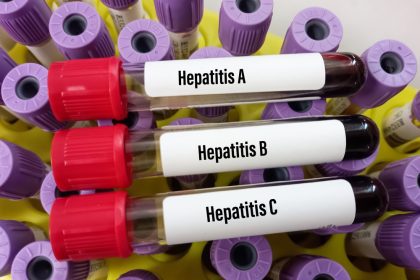When doctors tell patients they’ll access their heart through the groin, many react with confusion or concern. Yet this approach, known as the transfemoral method, has become a cornerstone of modern cardiac care. The technique allows surgeons to perform complex heart procedures through a small puncture rather than opening the chest, marking one of medicine’s most significant advances in cardiac treatment.
Anatomy drives innovation
The secret lies in the femoral artery, a major blood vessel in the groin that serves as a natural highway to the heart. This vessel’s size and direct connection to the aorta make it an ideal entry point for cardiac procedures. Dr. James Wilson, director of interventional cardiology at Stanford Medical Center, describes it as “nature’s perfect pathway to the heart.”
The femoral artery’s location near the skin’s surface makes it easily accessible, while its robust size can accommodate the specialized tools doctors need. This natural access point has transformed how physicians approach heart treatment, enabling them to perform increasingly complex procedures with minimal invasion.
Technology meets technique
Modern imaging technology plays a crucial role in making these procedures possible. High-resolution fluoroscopy provides real-time X-ray guidance, allowing surgeons to navigate tools through blood vessels with remarkable precision. These advances have expanded the range of treatments possible through the groin approach.
Surgeons now routinely perform various procedures through this method, including:
- Cardiac catheterization for diagnosing heart conditions
- Angioplasty to clear blocked arteries
- Valve replacements that once required open-heart surgery
- Treatment for irregular heart rhythms
Patient benefits redefine recovery
The groin approach has dramatically altered the recovery landscape for heart patients. Unlike traditional open-heart surgery, which requires splitting the breastbone and weeks of healing, most groin-access procedures allow patients to return home within 24 hours.
The impact extends beyond shorter hospital stays. Patients experience less pain, minimal scarring, and reduced risk of complications. For elderly or frail patients, this gentler approach often means the difference between receiving treatment or having no options at all.
Advancing cardiac care
As medical technology continues to evolve, the groin approach has become increasingly sophisticated. Newer devices and techniques allow doctors to treat more complex heart conditions through this method. The development of specialized catheters and tools has expanded the range of procedures possible through the femoral artery.
Recent advances include artificial heart valve replacements performed entirely through a groin catheter, eliminating the need for open-heart surgery in many patients. These innovations have particularly benefited older adults who might not survive traditional surgical approaches.
Understanding the limitations
While the groin approach offers numerous advantages, it isn’t suitable for every patient or condition. Factors such as severe arterial disease, previous groin surgeries, or certain anatomical variations may make this method challenging or impossible.
Medical teams carefully evaluate each patient’s condition to determine the most appropriate approach. In some cases, alternatives such as accessing the heart through arteries in the wrist or arm may provide better options. This individualized approach ensures optimal outcomes for each patient’s unique situation.
Preparing for the procedure
Patients scheduled for groin-access heart procedures typically undergo thorough preparation. Healthcare teams provide detailed instructions about medication management, fasting requirements, and what to expect during recovery. Most procedures require only local anesthesia and conscious sedation, allowing patients to remain awake but comfortable.
Recovery focuses on monitoring the puncture site and gradually returning to normal activities. Most patients can walk within hours of their procedure, though they must avoid strenuous activity for several days to allow proper healing.
The future of cardiac care
The evolution of groin-access heart procedures continues to reshape cardiac treatment. Ongoing research and technological developments promise even more sophisticated approaches, potentially expanding the range of conditions treatable through this method.
This innovative approach to heart surgery exemplifies modern medicine’s drive toward less invasive, more effective treatments. By utilizing the body’s natural pathways, doctors can now offer life-saving procedures with remarkably low risk and quick recovery times, transforming the landscape of cardiac care for millions of patients worldwide.
This story was created using AI technology.











